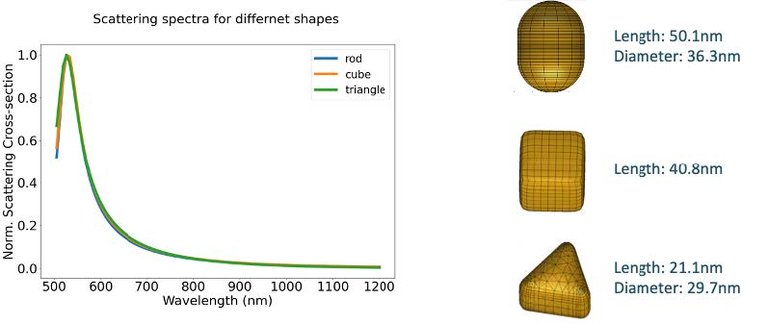Project description
Metal nano-particles are used in a variety of applications ranging from biomedical to single molecule sensing and catalytic processes owing to their unique optical and catalytic properties. In order to better understand and optimize the usage of nano-particles in these applications, it is important to quantify their shapes.
One of the main barriers hereby is the diffraction limit, the fundamental limit restricting the ability to resolve details smaller than half the wavelength of light you are using for observation. With a new experimental setup, it is possible to optically excite the nano-particles and detect optical resonance frequencies.
This principle is similar to hitting a drum; the shape of it will determine its resonant frequencies. Mathematically, the spectrum of a drum consists of the eigenvalues of the Laplace operator defined on the domain. This links the question of detecting the shape of a nano-particle with the classical question “can one hear the shape of a drum”, which is wellstudied in the mathematical literature.
In this project, the aim is to apply (and possible extend) these results to imaging nano-particles, which involves a more complicated differential operator.

